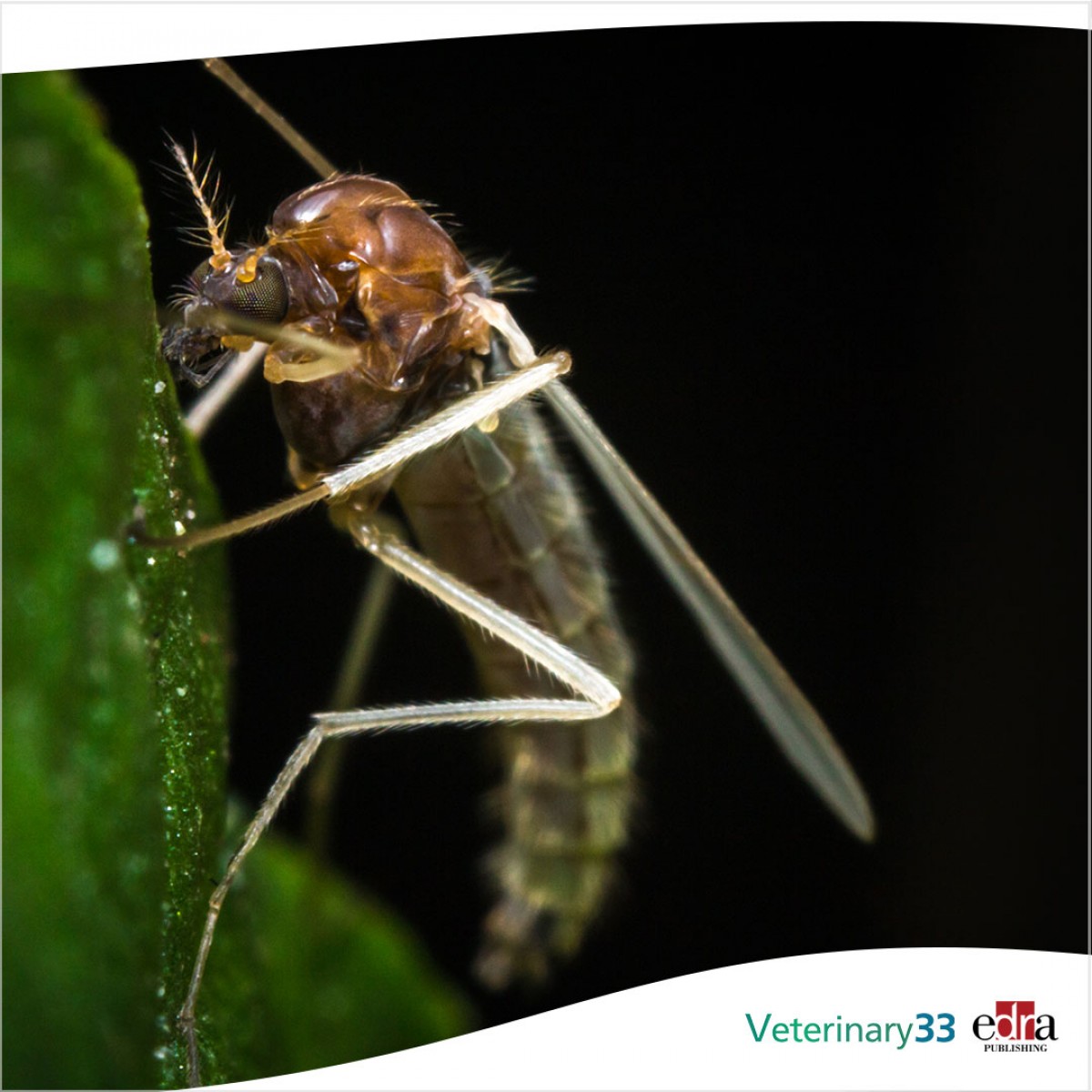Retrospective analysis of Leishmaniasis in Sicily
Leishmaniasis is an important vector-borne disease that represents a serious public health problem, including in Sicily, Italy, which is considered an endemic area. This study examined the present state of Leishmaniasis control, surveillance and prevention in Sicily, and highlighted deficiencies that could be addressed through the application of One Health principles.
Researchers collected canine, feline and human data from 2013 to 2021 in Sicily. They also analyzed entomological surveys conducted in 2013 and 2021.
Results showed that 23,794 of 74,349 dogs (34.4%) and 274 of 4,774 cats (11.8%) were positive in one or more diagnostic tests. A total of 467 cases of human Leishmaniasis were reported, with 71% showing cutaneous and 29% visceral involvement. The provinces with the largest number of patients were Agrigento (45.4%) and Palermo (37%).
In 2013, Phlebotomus perfiliewi was the dominant sandfly species in Sicily (68.7%), followed by Phlebotomus perniciosus (17.2%) and Sergentomya minuta (14%). In 2021, Phlebotomus perfiliewi was confirmed as the most common species (61.6%), followed by Phlebotomus perniciosus (33.1%) and Sergentomya minuta (4.7%). Of particular interest was the identification of Phlebotomus papatasi (0.41%) in Agrigento.
Researchers conclude that the study can inform health authorities for the development of appropriate screening, treatment and control strategies to reduce the Leishmania incidence rate.
Federica Bruno, et al. “Retrospective Analysis of Leishmaniasis in Sicily (Italy) from 2013 to 2021: One-Health Impact and Future Control Strategies.” Microorganisms. 2022 Aug 24;10(9):1704. doi: 10.3390/microorganisms10091704.














List
Add
Please enter a comment